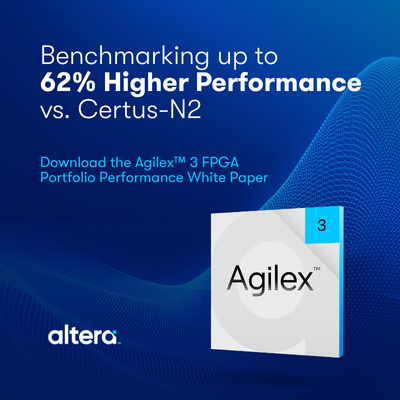Holographic storage systems have been around for years now, but they haven’t taken off due to the expense and the lack of a clear advantage over competing storage mediums. A company called AON now claims to have developed a one centimeter cube that can store a terabyte of data in holographic, optically-encoded pages.
Holographic storage works on the same principle as holograms do: you take a laser, split it into two beams (the data beam and the reference beam), bounce the data beam off of an object, and then recombine it with the reference beam onto a photographic plate.* Instead of storing an image of the object, the plate stores the interference pattern produced with the two beams combine with each other at the plate. This pattern contains much more information about the object than a picture does: it’s actually a representation of the entire light field reflected by the object, allowing you to see the object from multiple angles and in three dimensions.
via DVICE
February 10, 2012




